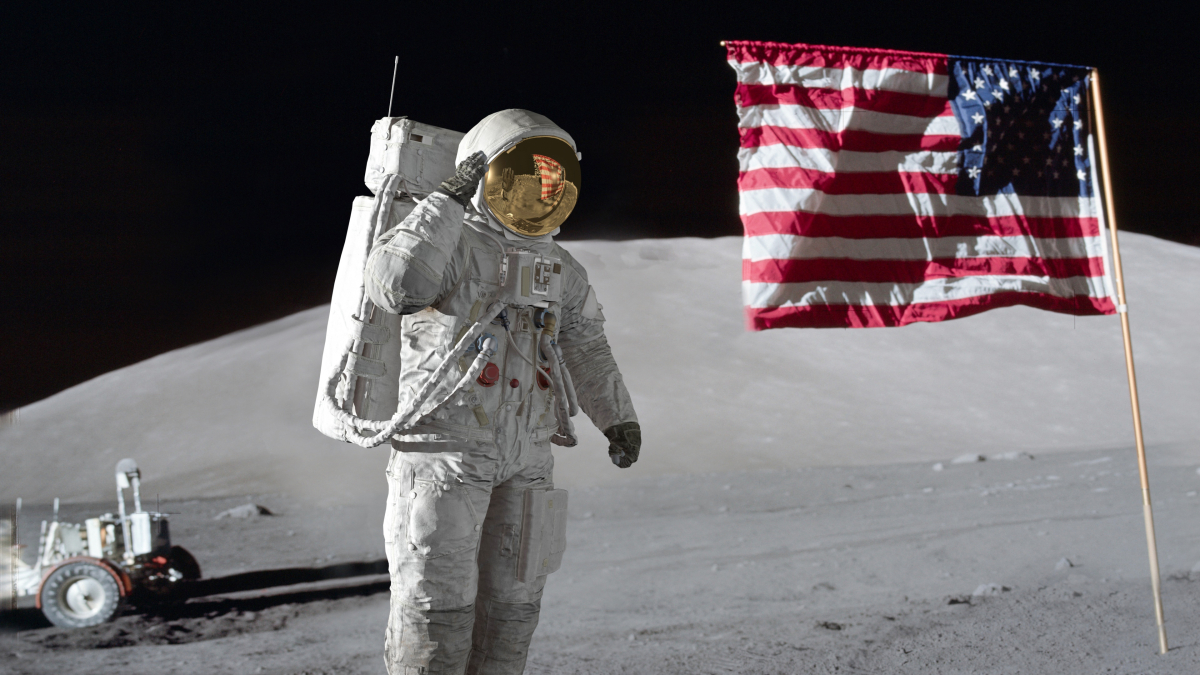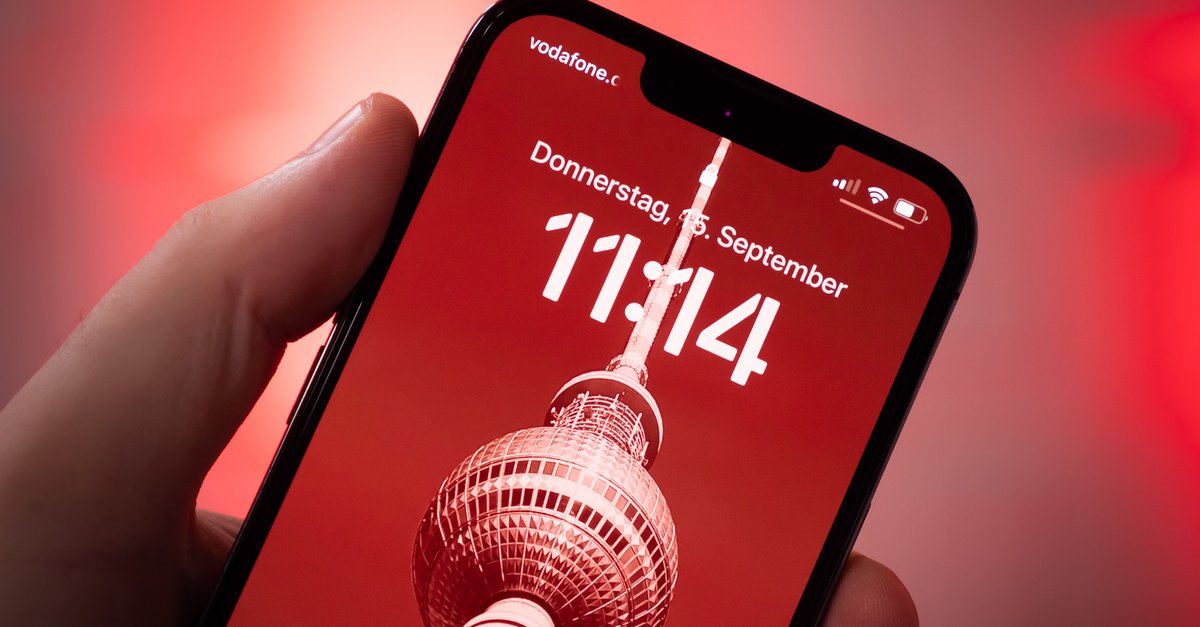Why the quarantine of the Apollo astronauts would have done little
When the three US astronauts Neil Armstrong, Buzz Aldrin and Michael Collins landed their spacecraft in the Pacific Ocean and thus successfully completed the “Apollo 11” mission of the US space agency Nasa, they were watched over by special forces from the US Air Force aircraft carrier USS Hornet and received there by US President Richard Nixon. However, he could only speak to them through a window, as the men were immediately taken to a quarantine room.
Scientists and federal officials feared they might have brought lunar microorganisms back to Earth. This could have had potentially serious consequences for human, plant and animal life. This recontamination threatened – so it was feared – the entire biosphere of the earth. There was even talk of a possible pandemic that would be the worst in human history.
To prevent this recontamination, representatives from Nasa and various federal agencies developed a protocol to quarantine astronauts, equipment, samples and spacecraft exposed to lunar dust. However, their effort, which cost well over $100 million, had numerous security flaws.
As a scientific essay now argued by The University of Chicago Press Journal, had the protocol in fact existed, the protocol would very likely have failed, leaving the astronauts infected with microorganisms on the moon and contaminating their spacecraft.
Because, as it turned out, the quarantine protocol seemed a success only because it wasn’t needed. Fortunately, no microorganisms native to the moon were discovered during the Apollo missions.
Scientists have suggested that the carbon of ancient lunar life is responsible for the dark tint of the lunar lowlands, or that “astroplankton” blankets the lunar landscape. The Space Science Board of the National Academy of Sciences (NAS) concluded that samples of lunar regolith may harbor microorganisms capable of contaminating Earth’s biosphere.
In 1962, scientists convened by NASA released a report warning of the risk that missions returning from other worlds could result in “the introduction of destructive alien organisms into Earth’s biosphere,” with the potential danger of a “Disaster of enormous importance to mankind”. Planetary scientist Carl Sagan explained that astronauts returning from the moon could bring these organisms back to Earth with them.
The memo emphasized that Sagan compared the possible consequences “to the violence of the venereal disease epidemics that raged in Europe in the Middle Ages, or to measles, which had a high mortality rate when it was introduced to Polynesia.”
“Studies are being carried out on the possibilities of recontamination and appropriate measures are being taken,” NASA said. Nevertheless, by July 1964 the threat of recontamination had acquired such scientific and political significance that the Life Sciences Committee of the Space Science Board comprised 30 representatives from the Department of Agriculture, the Army, the National Institutes of Health, the Public Health Service (PHS), major universities and of course Nasa convened a two-day conference on this topic.
Conference attendees looked for ways to predict the “worst-case conditions that could be expected,” drawing on “countless examples of the deleterious proliferation of biological agents,” including past “pandemics of plague, smallpox, and yellow fever.” .
Buzz Aldrin on the moon during the Apollo 11 mission. (Photo: NASA)
As such, astronauts traveling to the moon had to be trained in “clean and sterile techniques,” and any samples they collected had to be sealed in airtight containers. However, conference attendees acknowledged that decontamination could never remove all of the microorganisms that were on board the returning spacecraft.
Editor’s Recommendations
Nor could any institution enclose them indefinitely. “If infection of Earth by extraterrestrial organisms is possible,” they concluded, “it will happen.” All that could be done was to protect Earth from immediate infection by quarantining anything brought back to Earth from an extraterrestrial environment until a “specific, effective weapon” such as a vaccine could be developed .
Public pressure and the politicians of the time might have forced NASA to assess risks differently. To reassure the public, Nasa officials reassured politicians and journalists that they could deal with the threat, while hiding failures in containment engineering and admitting among themselves that the quarantine protocol was flawed and would never have full protection can offer.
There is no evidence that Nasa officials briefed the US government on weaknesses in their quarantine protocol in the weeks and months leading up to the Apollo 11 launch.
The scientific paper concludes that NASA could have delayed the manned landings until its robotic search for lunar life had been completed. Just four years after the last Apollo mission, NASA’s Viking lander gave evidence that there was no life on the surface of Mars.
But Nasa officials feared that a delay would allow Soviet cosmonauts to reach the moon first. It was primarily this fear that fueled the development of a flawed quarantine protocol that would have accelerated rather than delayed the release of lunar microorganisms onto Earth.



